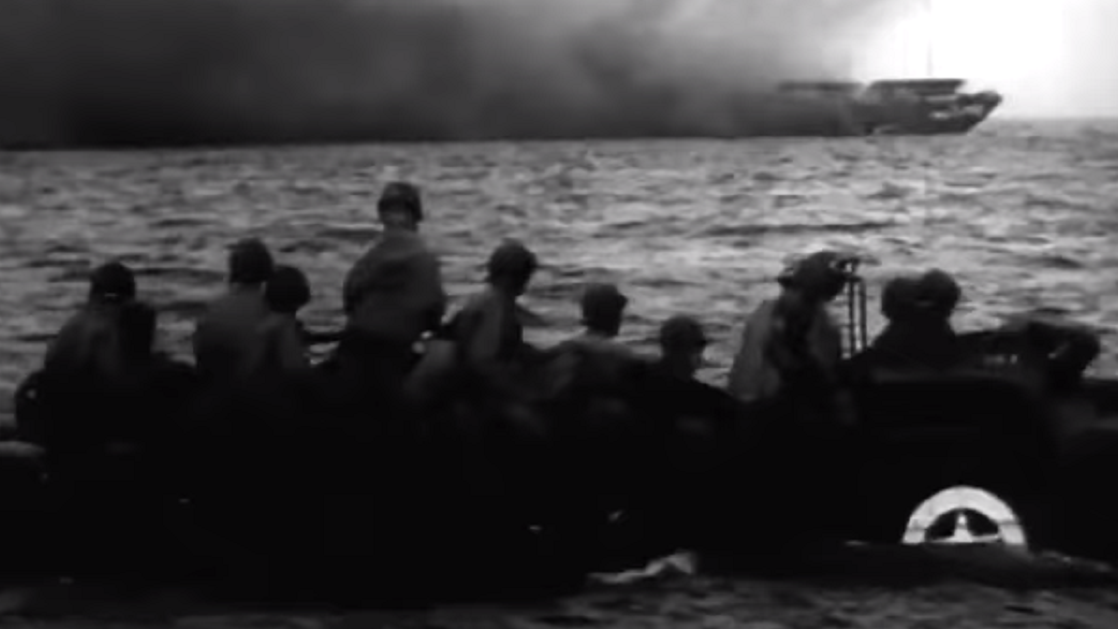This was the invasion of France you didn’t hear about

SUMMARY
The landings on D-Day have become iconic in the minds of many people who think about World War II in Europe. But the landings at Normandy were not the only invasion of France that the Allies carried out. There was a second invasion – and it is not as widely recognized. In fact, if Winston Churchill had his way, it wouldn't have happened.
In the planning for D-Day, one of the biggest concerns had been to keep the Germans unaware as to the actual location of the invasion for as long as possible. Much of the decoy efforts were focused on the Pas-de-Calais region of France, but other areas were targeted as well. According to Volume XI of Samuel Eliot Morison's "History of United States Naval Operations in World War II," The Invasion of France and Germany, one of the decoy locations was the Mediterranean coast of France.
However, Eisenhower saw the proposed Operation Anvil as a way to supplement Overlord with a second amphibious operation within days of the Normandy landings. Winston Churchill, though, was opposed to that idea, and that opposition strengthened after the landings at Anzio bogged down. But the port of Marseilles was seen as a valuable logistics hub – and Southern France was closer to the German border than Normandy.
Finally, to get the British to approve Operation Anvil, it was delayed for two months. By then, it wasn't so much a second front as it was the second part of a one-two-punch, and the codename was changed to Operation Dragoon. On Aug. 15, 1944, over 880 ships arrived off the southern coast of France. Three divisions, the 3rd Infantry Division, the 36th Infantry Division, and the 45th Infantry Division, went ashore. The landings faced much less opposition than the Normandy landings, and these forces helped send the Germans into full retreat from France.
While Winston Churchill paid a visit to the landing beaches, he was never thrilled with the operation. However, it was a smashing success, described by Morison as "the nearly faultless [amphibious landing] on a large scale."
SHARE
